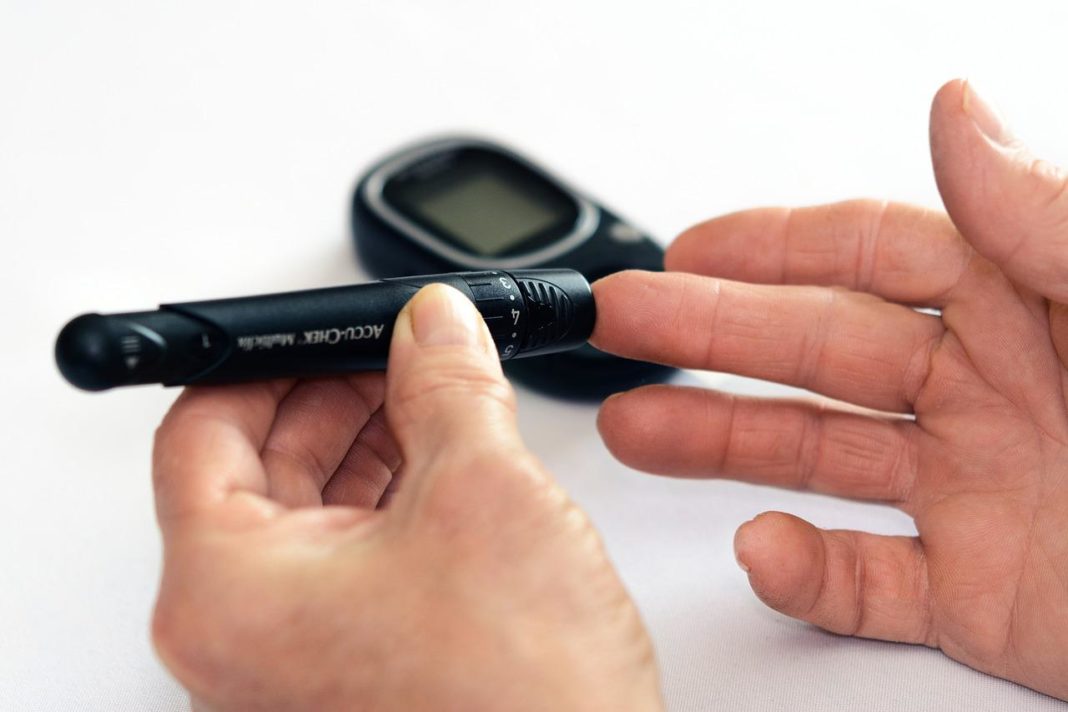Technological innovations are constantly changing the world. These innovations have influenced various fields, including health care. Emerging technologies have led to improvements in patient comfort and care. Radio-frequency identification, for example, provides accurate insight into patient temperature and vitals. 3-D printing and Telehealth are some of the latest advances in health care technology. However, the future of these innovations is not entirely clear. Let’s explore some of them.
Telehealth
The COVID-19 pandemic has spurred the use of Telehealth in healthcare. The virus decreased the need for in-person visits during routine procedures and expanded access to care from the comfort of a patient’s home. Telehealth can be helpful in patients with chronic health conditions, as well as those with limited mobility or a family that lacks child care. The technology can also potentially improve health outcomes for historically marginalized groups.
Despite the numerous benefits of Telehealth, the costs involved may limit its use in a particular case. While insurers are generally willing to reimburse telehealth services, certain limitations exist. Price and regional availability of broadband access may limit telehealth use for certain patients. Also, mobile devices and specialist training costs may be prohibitively expensive for those who would benefit most from this technology. Telehealth also enables patients to take advantage of free resources that are available to them, such as a newsletter that offers health care experts and health management tips.
The use of telehealth technology has improved health care through an array of applications. For example, telemedicine allows a patient to talk to a specialist from afar. While telemedicine can be costly, it is a cost-effective way to manage a chronic illness, prevent complications from arising, and receive health care services anywhere in the world. With Telehealth, doctors can even provide health advice from home, saving time and money on traveling to see a doctor.
Artificial intelligence
AI is already changing how doctors perform their jobs, making diagnosing and treating patients more manageable. AI can speed up clinical decision-making, reduce waiting times, and even accept more insurance plans. The technology also has the potential to improve physician-patient relationships. For instance, making vital patient data available on mobile devices can engage patients and inform physicians of urgent changes in their conditions. AI is also helping physicians better understand how to manage and treat patients.
While AI is becoming more mainstream, reimbursement for AI solutions remains unclear. In Europe, decisions about reimbursement for medical devices and medicines are made by national and local payor organizations. These decisions typically cover what will be reimbursed and at what cost. For AI solutions to be adopted at scale, clear criteria and creative funding models are needed. The following are examples of AI solutions for health care. This article has been written to highlight some of the ways AI is improving the industry.
While AI presents a significant opportunity for European health systems, it is still unclear how it will impact the specific skills of healthcare workers. In Europe, 44 percent of healthcare professionals have never developed or deployed an AI solution. As a result, these systems must make significant improvements to prepare for the coming changes. However, despite the emergence of AI, the industry has a long way to go. For starters, European governments must develop a strategy addressing AI’s potential to improve health care.
Electronic health records
Electronic health records (EHRs) have improved health care for many reasons. Electronic health records are more accessible to and store, allowing the healthcare provider to view the entire patient history in one place. Electronic health records improve care coordination, patient safety, and overall clinical care. Electronic health records provide a central repository of patient information and tools for analysis and decision-making. In addition, they allow physicians to draft treatment plans and improve the quality of care for patients.
Another benefit of electronic health records is that they enable multiple providers to access the same information about patients. Patients often see more than one doctor, including specialists. Electronic health records help prevent duplicate testing and double entry and keep track of patient insurance. Additionally, electronic health records can be shared between doctors so that each provider has a complete patient history. This comprehensive care circle is ideal. For patients, this means more significant involvement in their care than simply a provider who provides care.
Because of the rapid technological changes, ongoing assessment of EHRs is vital. Barriers to adoption must be addressed to ensure they’re using their full potential. EHRs will remain a central part of health care, and future research must be conducted to ensure that their impact is maximized. A voluntary certification framework will help minimize these challenges. While a voluntary system may not prevent every incident, it can significantly improve the safety of patients.
3-D printing
3D printing has a wide range of applications in medicine. It is not limited to prosthetics or hearing aids, which are commonplace in today’s society. By using the latest 3-D printing technology, hospitals can produce prosthetics and other medical equipment in a concise amount of time. Moreover, medical facilities will likely save significant money because the process is highly energy efficient. Currently, nearly two million people suffer from amputations in the U.S. Each year; the trend continues to grow.
Advances in 3D printing technology have created new tools and therapies, bringing precision and personalization to the care of patients. Medical manufacturers, dental professionals, and pharmaceutical companies have utilized 3D printing services to develop new surgical models and devices and help physicians and dentists create new devices. Tissue engineering is another field where 3D printing has great potential for improving healthcare. With its ability to recreate complex models, this technology has the potential to revolutionize the way doctors treat patients.
While the benefits of 3D printing in healthcare are enormous, more research is required to discover how it can enhance the patient experience. According to recent studies, the industry is expected to be worth more than $32 billion by 2025 and reach $60 billion by 2030. Materials and services will increase faster than software and hardware, but the healthcare sector will only represent 10 percent of the overall market. The industrial sector accounts for 50 percent of the overall demand for printing.
Secure messaging
The study examined secure messages sent between a physician and patient in the primary care department of Kaiser Permanente Southern California (KPSC) from January 2017 through December 2017. The authors analyzed a random sample of messages and analyzed the content using statistical methods. Nearly one-fourth of the most common categories of messages were about medical advice. The top categories included questions about medication, informing the physician, scheduling, and refill requests. A total of almost 25% of messages concerned a patient’s prescription.
Using secure messaging for health care is an essential first step in exploring secure communications for the healthcare industry. Secure messaging helps healthcare professionals manage patient records and work schedules and ensure that everyone has the same information. Since medical workers are tasked with keeping patient information safe and private, secure messaging can significantly improve patient safety. The growing number of data breaches in the health care industry makes it more difficult to keep information private and secure. Hackers are increasingly breaking into health organizations’ networks and stealing personal health records.
One recent study showed that secure messaging applications reduced hospital stays by up to 14% compared to those without such technology. This resulted in improved patient outcomes, cost savings, and increased hospital capacity. Secure messaging has also reduced physician workloads, making physicians happier and more productive. However, more research is needed to determine the effects of secure messaging on physicians’ work environments. While these findings are encouraging, the next step is to investigate how they can be used to improve health care and patient care in general.
IoT personal health devices
In the future, medical facilities will integrate IoT into their facilities, which will allow the monitoring of equipment movement and general use. This technology could help prevent infection and identify equipment shortages. IoT can improve the patient experience by enabling doctors to monitor a patient’s vital signs and overall health status. But it can also help improve healthcare in more ways than one. Here are some examples of how IoT has transformed health care:
One example of IoT-enabled devices is the Honeywell Genesis Touch, which connects patients with their health care providers. It can receive biometric data and host video visits. It can also provide multiple healthcare providers access to a patient’s vital statistics and allow them to communicate in real-time. The system can also be integrated with an oximeter, blood pressure monitor, and precision health scale.
Other IoT-enabled devices can monitor a patient’s health and make it more efficient for doctors to watch them. Some devices can even remind the patient to take their medications. Others can even be programmed to send patient reminders via smartphone or email. Another example is the automated dispensing system. Patients can now get dispensed medications by simply using voice or image analysis. It helps reduce errors and protects the patient from drug theft. Health firms also benefit from IoT-enabled devices, which can collect patient data and make the correct patient decisions.






